This fantastic collection of photos, which are taken from the archives of Victoria & Albert Museum, show a number of Irish archaeological sites as they appeared at the end of the 19th century/start of the 20th century. The majority of images were taken by Robert Welch who was a noted Belfast based photographer.
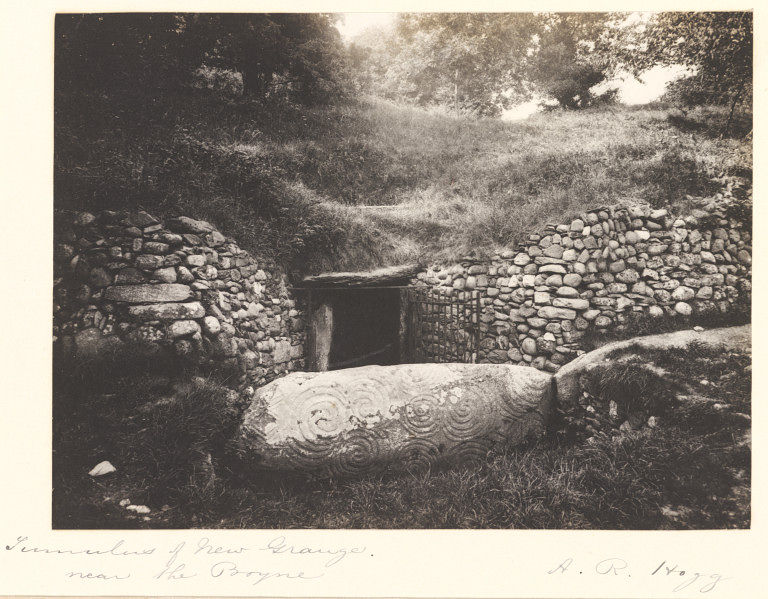
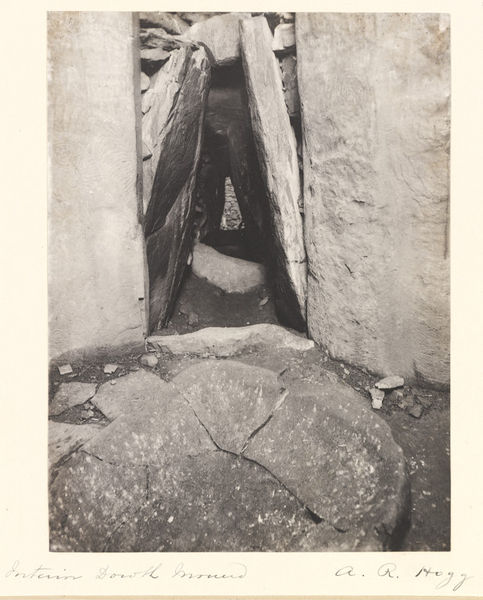
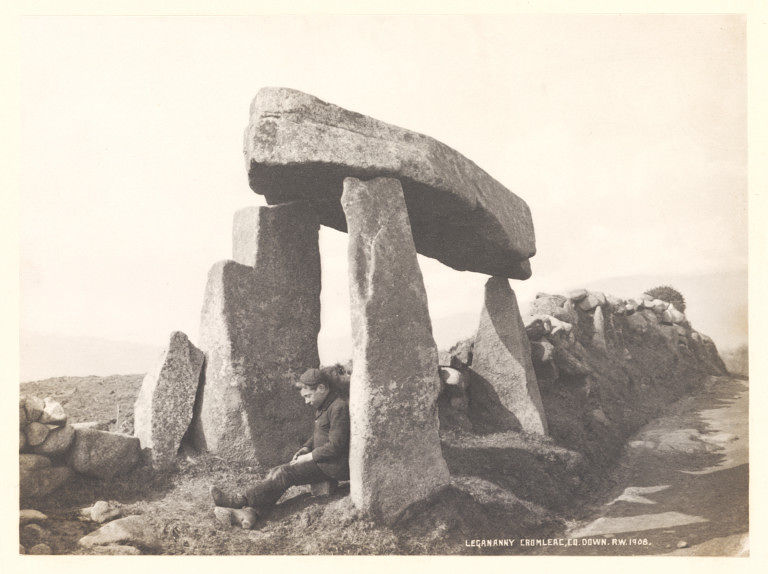
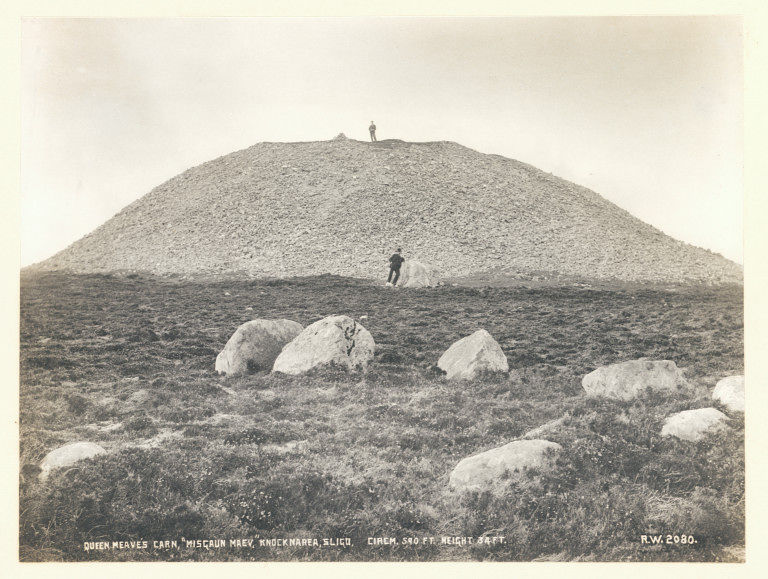
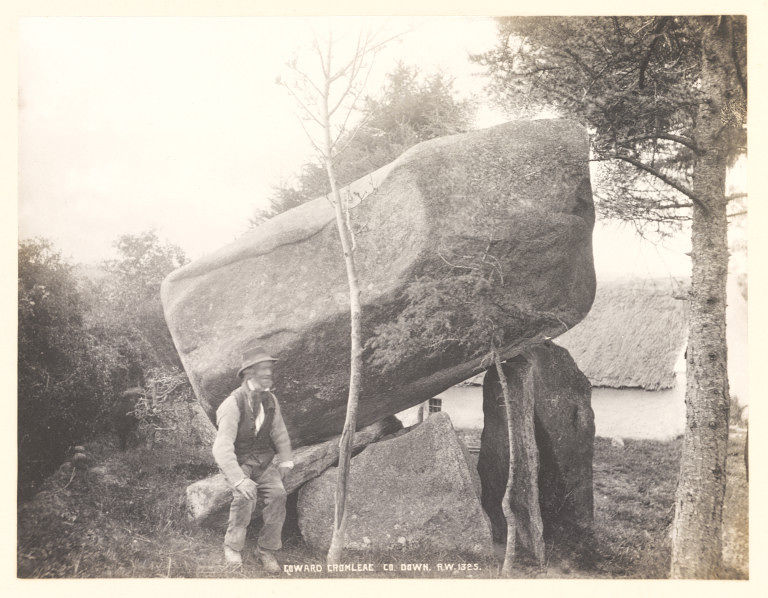
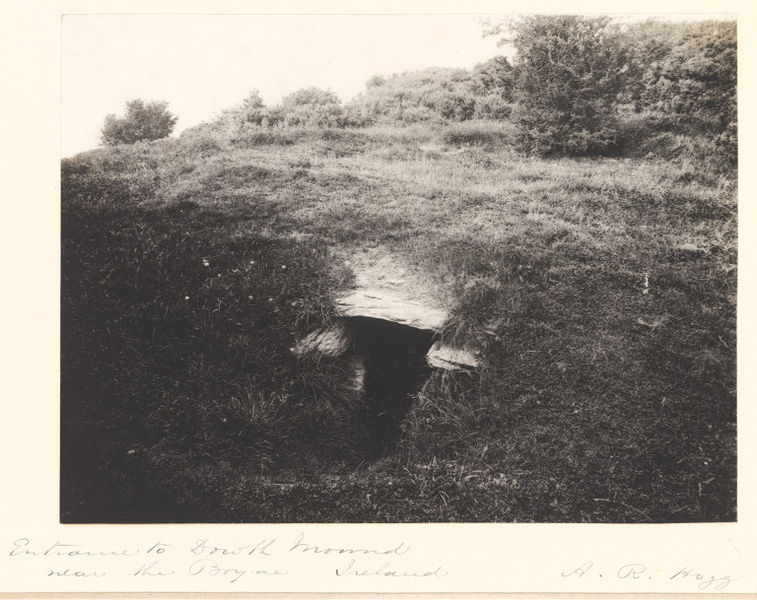
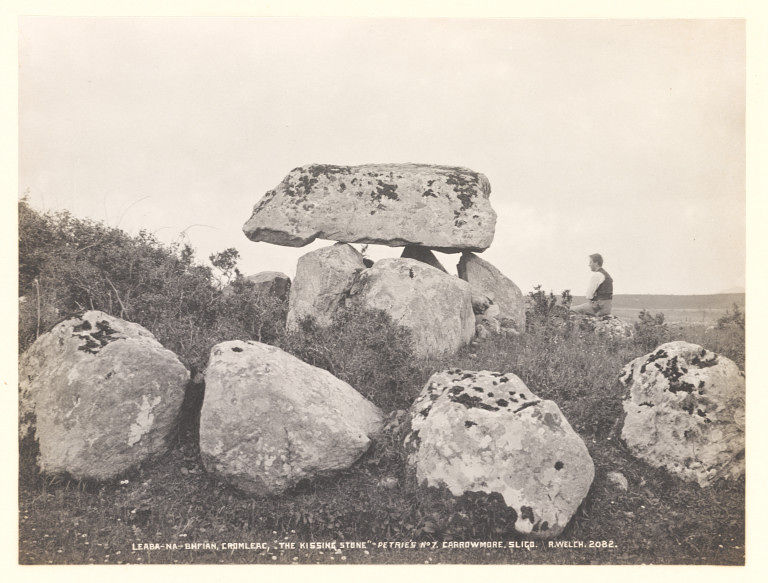
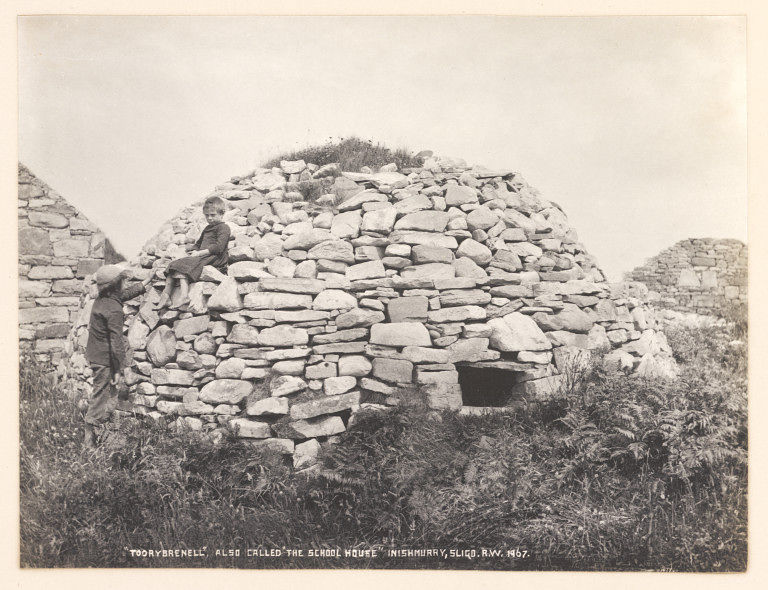
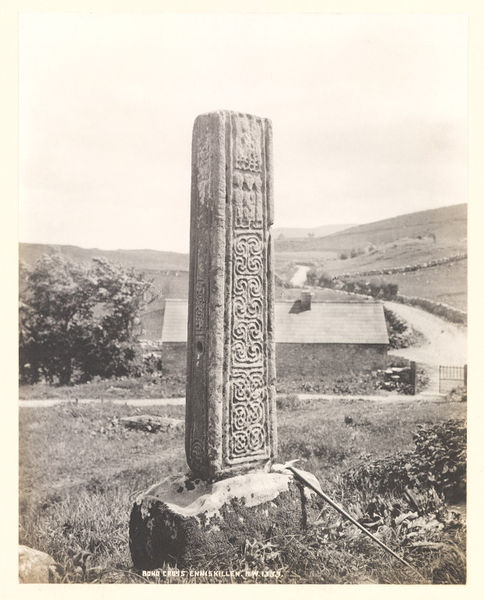
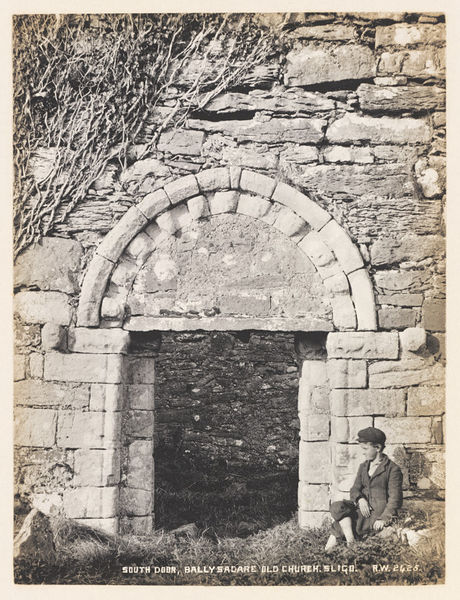
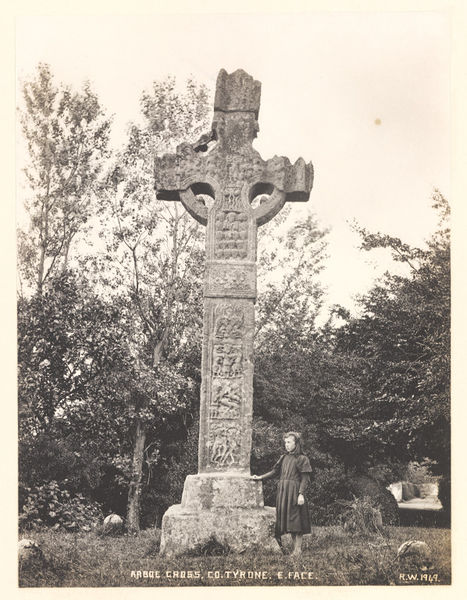
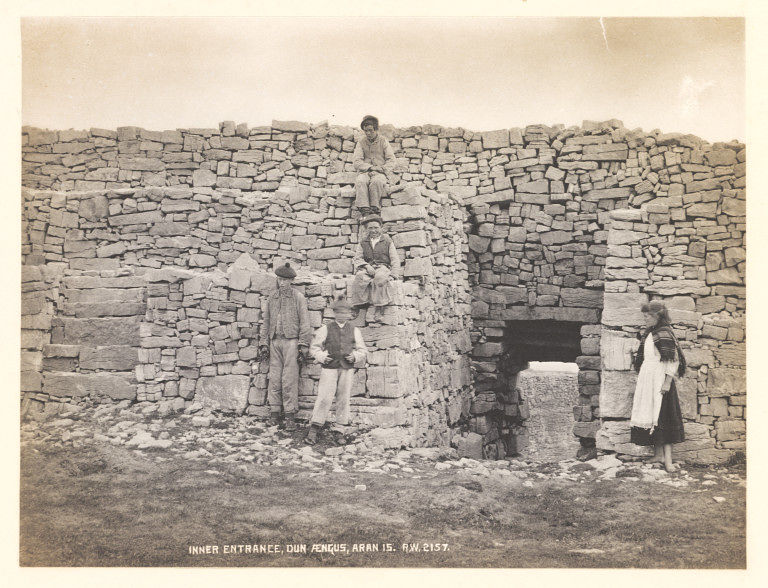
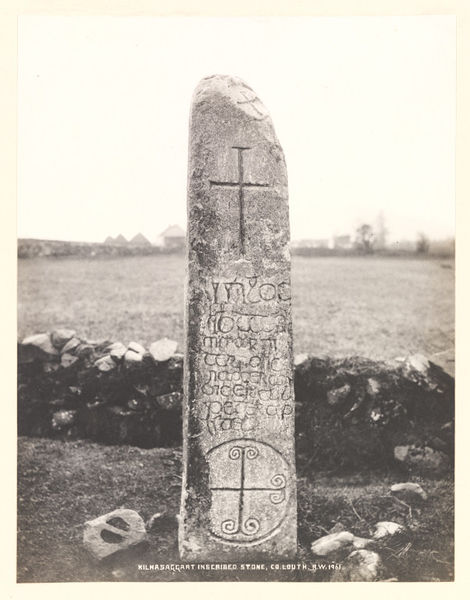
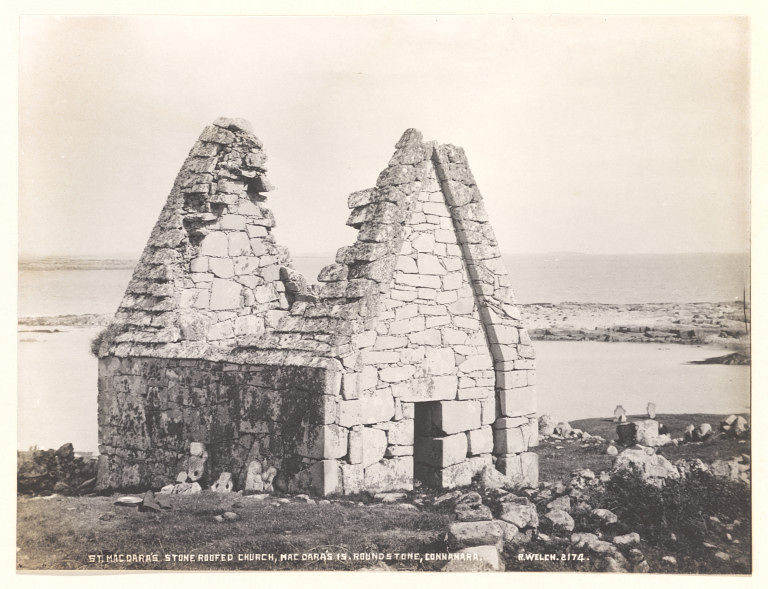
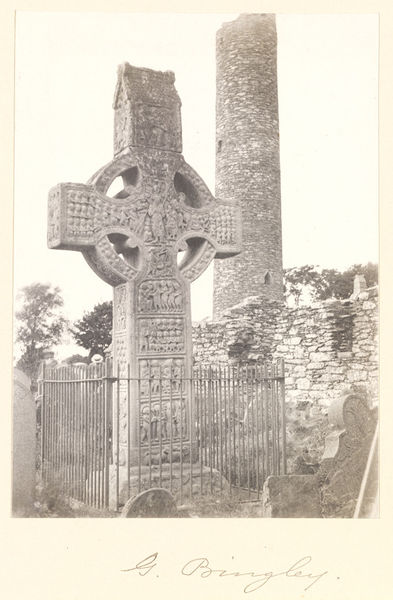
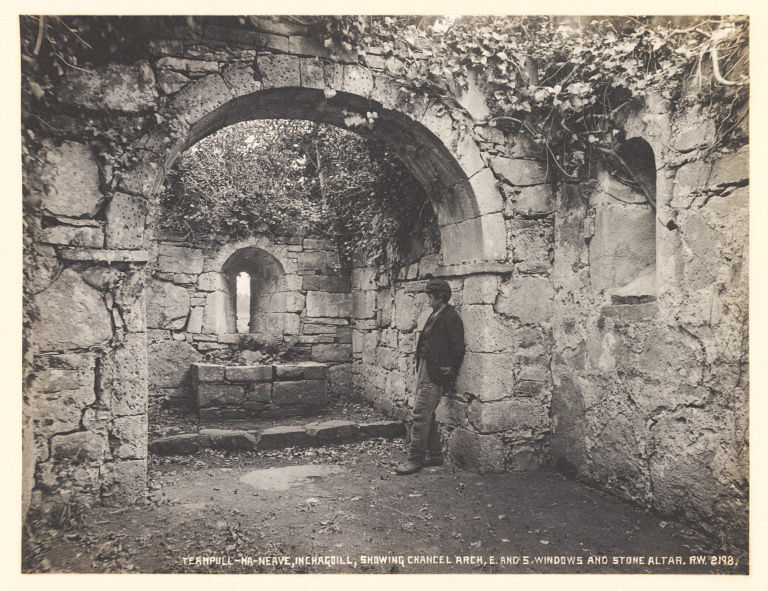
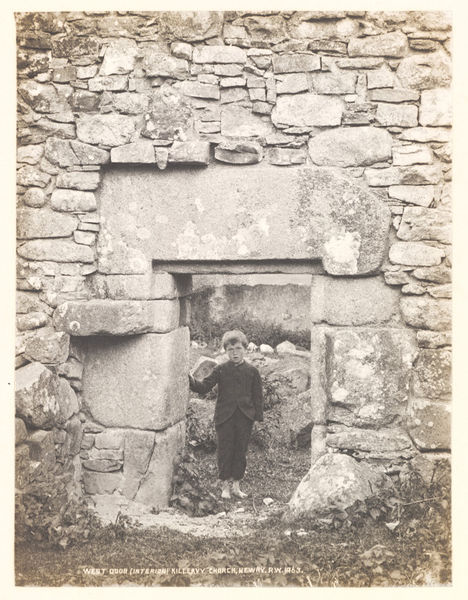
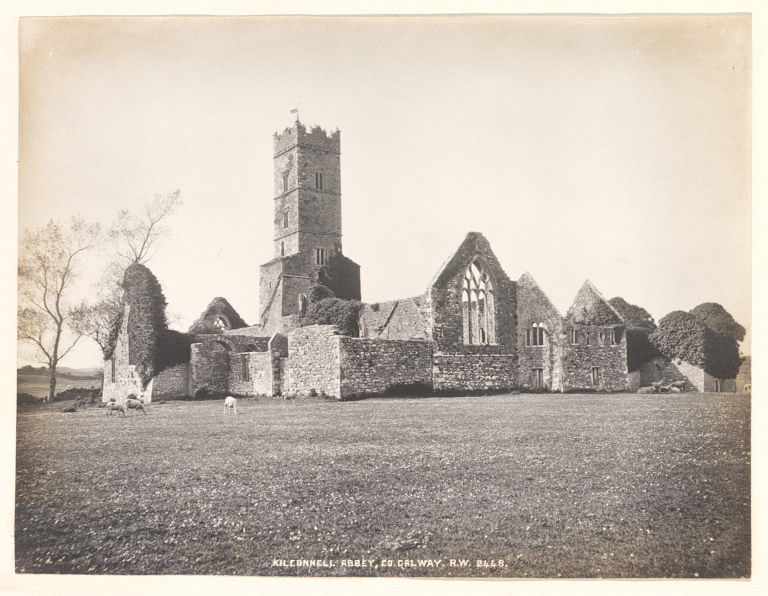
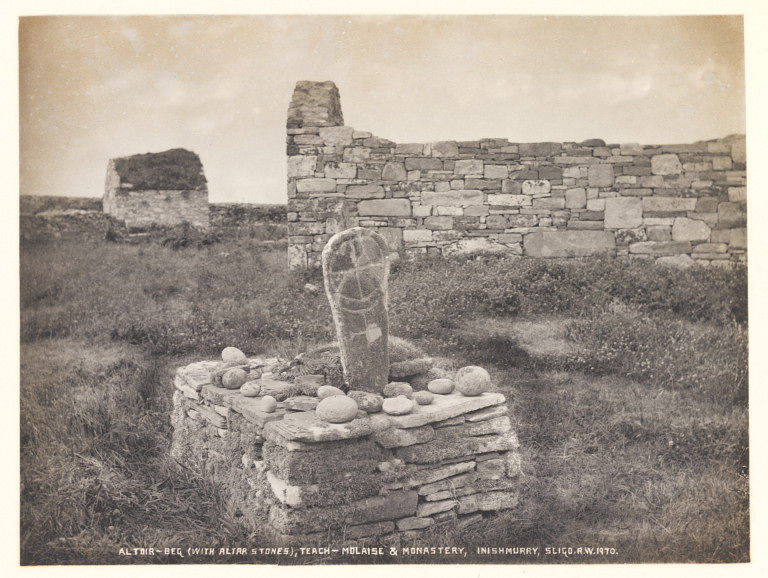
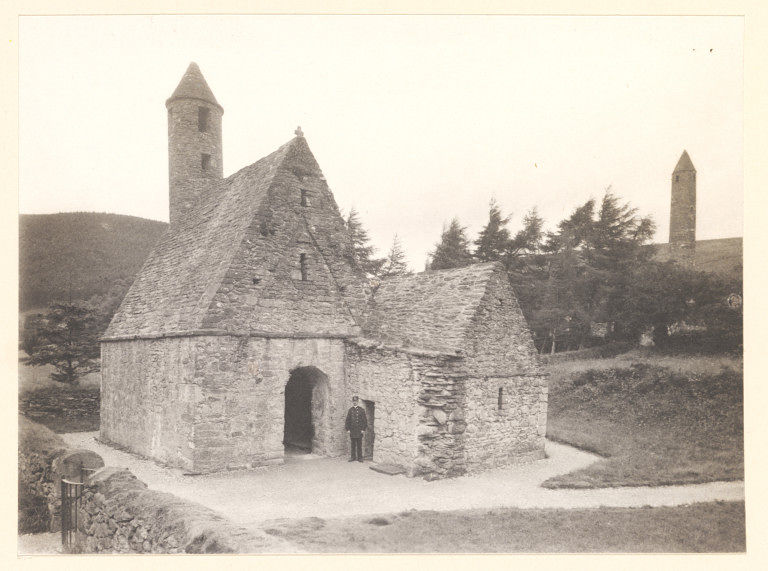
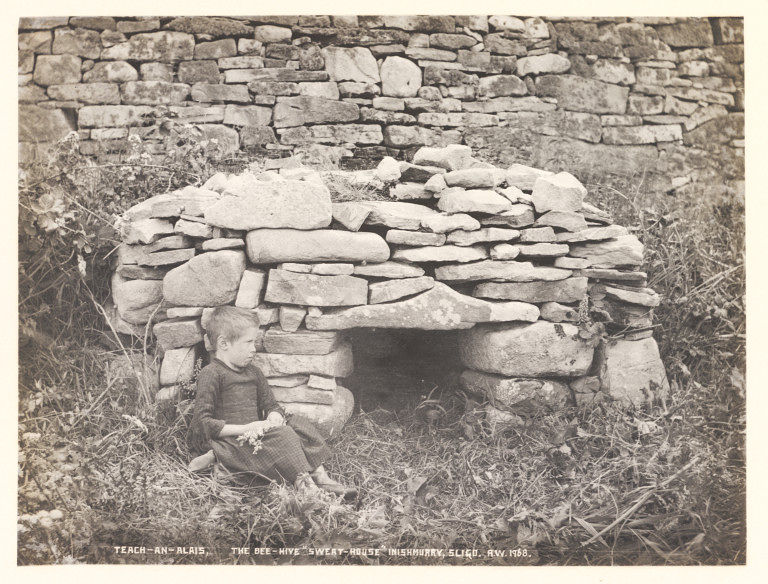

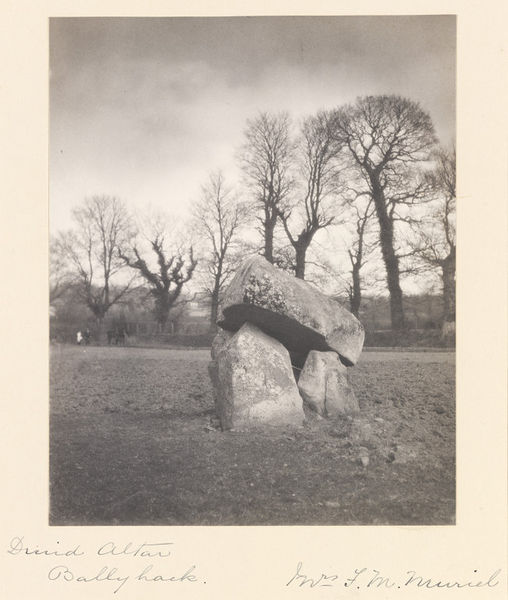


These are wonderful and fascinating. I would love to see a comparison of what the sites look like now. 🙂
Ha! I thought so. Look at the picture above of New Grange and look at a current picture. After the above picture was taken “restorers” in later years really tarted up the front. Better for tourists pictures and tourists dollars.
Great photos. I was wondering has anyone ever came across a photograph /sketch of Ballymacward Church Co Galway. It was demolished in the 1950’s with no local photos available. Local recollection of the church elevations differ and all that is available is a floor plan and site layout. I am currently compiling a book on the site.
One of the pictures says balkyhack so that’s the gaints ring between lisburn and Belfast!
Why Ballyhack? I’m fairly certain that’s not Giant’s Ring, which is in Ballynahatty townland.
Hi think your right Patrick, that does look like Ballynahatty. The original photo is probably just miss-labelled.
Ballybrack Co Dublin
See also the publication ‘Monuments In The Past’ – photographs 1860 – 1936 published by the OPW/Duchas in 1991 and 2002.
“Tombs” ha ha.
yeah, dead right.
The 3rd photo is of Legananny tripod dolmen, not Leganny (it’s written on the photo). The name is an Anglicised version of the Gaelic, “Leach an Áinne”, which means ‘stone of Áinne’. This twisting of the true old Gaelic names was done by the British who spelt the names phonetically as they couldn’t deal with the Gaelic pronunciations. Unfortunately for our heritage this practice was wide-spread across the country when they were producing maps.
The last photograph was of a “sweat house”? Please, would someone share with me about this? Is it similar to our native Americans “sweat lodge”? Was it used for health purposes or spiritual purposes or both? Thank you all!
Hi Mark, a bit more on Irish sweat houses here: http://irisharchaeology.ie/2012/03/the-sweat-house-at-creevaghbaun-co-galway/ All the best,
Colm